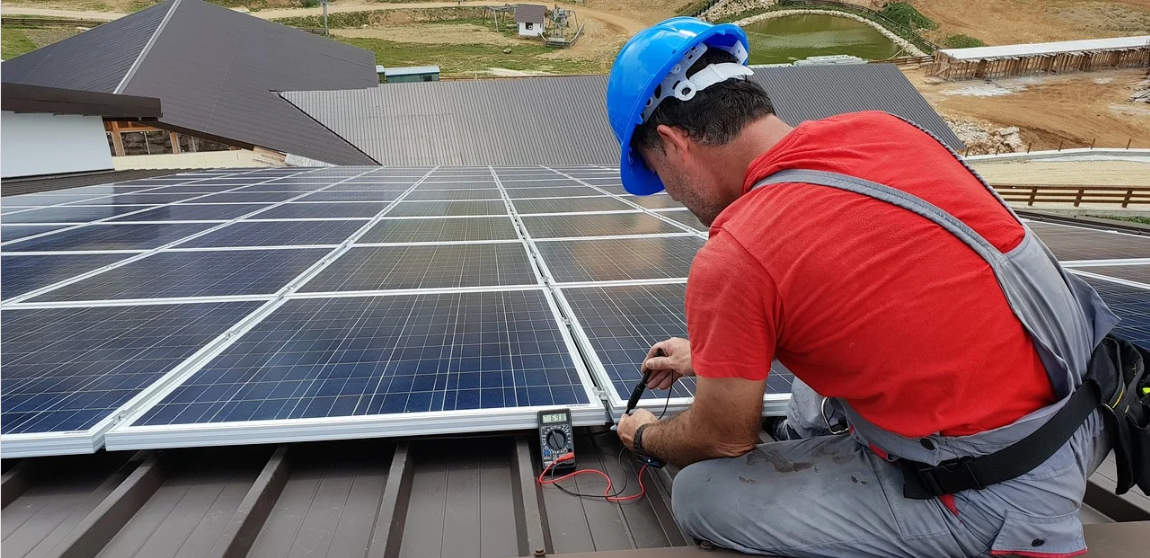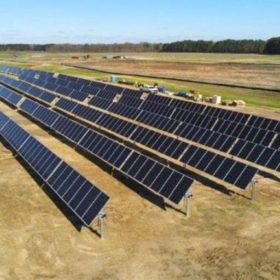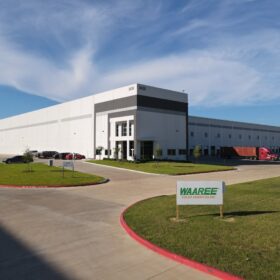Researchers from the Universiti Putra Malaysia have defined a series of fire safety practices that solar installers should follow in the deployment of residential rooftop PV systems.
“Improper installation practices have been identified as a common factor contributing to PV fire hazards,” the research’s corresponding author, Mohd Zahirasri Mohd Tohir, told pv magazine. “This human error may be due to an unintentional action or indeed a deliberate violation of procedure. The first, mainly due to inexperienced installers or simply slippery actions by experienced workers. While the latter, due to time pressure and their ignorance of the consequences of fire safety. Regardless of the reason, both can be attributed to a lack of fire safety knowledge.”
According to Tohir, the annual fire incident frequency for PV installations is 0.029 fires per MW. “While the figure does not seem alarming, however, with the surge in global demand of PV systems as a green technology, if the issue is neglected and not curbed, the failure rate is expected to increase significantly in the coming years,” he said. “That is why our work is seen as important in developing safe practices and knowledge sharing on fire safety management during PV system installation as a lack of understanding of the associated PV fire risks can lead to severe long-term consequences.”
The academics systematically reviewed the fire safety practices described in 40 PV installation guidelines that are publicly accessible. These include publications from PV manufacturers together and installation guidelines, as well as best practices handbooks. “It is worth mentioning that more than half of the selected installation guidelines reviewed are from the national agencies, regulatory bodies, and national associations and mostly are from the United States,” said the research team.
The proposed fire safety practices were categorised into 10 groups considering different factors: general practices to ensure the PV system is designed by qualified contractors only; site survey including size, shade management, accessway, tilt, orientation and location; roof structure and material; marking systems for all PV equipment including PV input and output, conduit, cabling, inverter, enclosures, combiner, box, and isolator switches; roof waterproofing and flashing; electrical cabling and grounding system; array mounting, ventilation and PV panels; combiner box and connectors; DC/AC inverter; and DC isolator and other protection devices.
“Prior to PV system installation, it is important to conduct a site evaluation to avoid the shading effect and determine the best orientation for maximum PV system output,” the scientists said. “Besides, good ventilation and airflow around the PV modules may prevent the phenomenon of a hot spot.” According to them, many fire accidents originated from DC isolators due to the water penetration into the enclosure caused by ignorant practices during installation. “However, the number of publications highlighting the installation of DC isolators, such as the dos and don’ts, is relatively small,” they also highlighted.
The best practices were presented in the paper Development of fire safety best practices for rooftops grid-connected photovoltaic (PV) systems installation using systematic review methodology, published in Sustainable Cities and Society.
This content is protected by copyright and may not be reused. If you want to cooperate with us and would like to reuse some of our content, please contact: editors@pv-magazine.com.









By submitting this form you agree to pv magazine using your data for the purposes of publishing your comment.
Your personal data will only be disclosed or otherwise transmitted to third parties for the purposes of spam filtering or if this is necessary for technical maintenance of the website. Any other transfer to third parties will not take place unless this is justified on the basis of applicable data protection regulations or if pv magazine is legally obliged to do so.
You may revoke this consent at any time with effect for the future, in which case your personal data will be deleted immediately. Otherwise, your data will be deleted if pv magazine has processed your request or the purpose of data storage is fulfilled.
Further information on data privacy can be found in our Data Protection Policy.